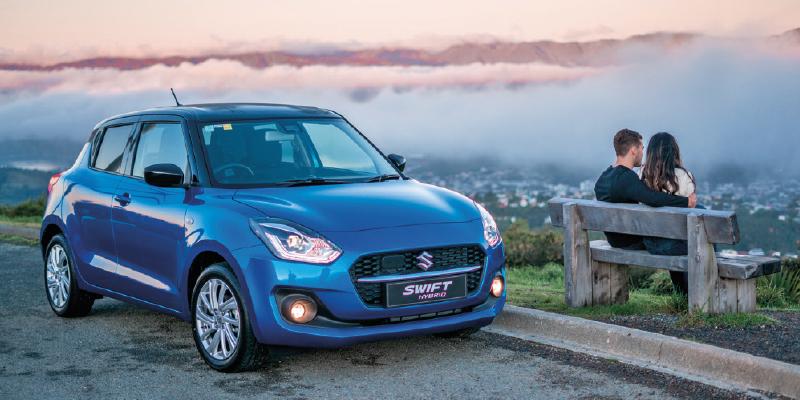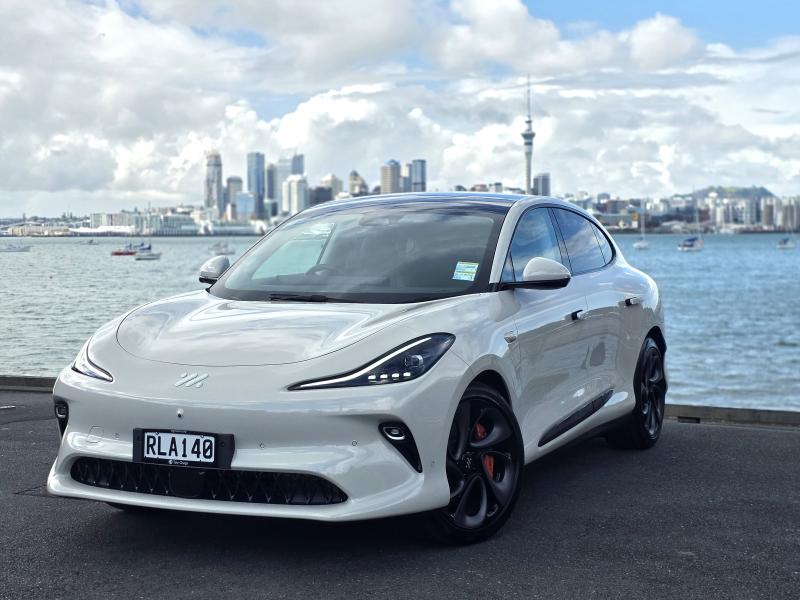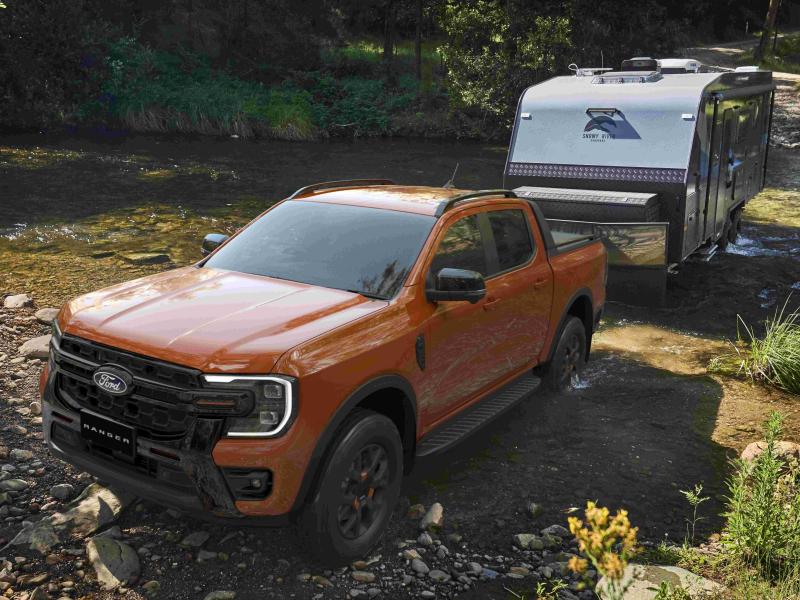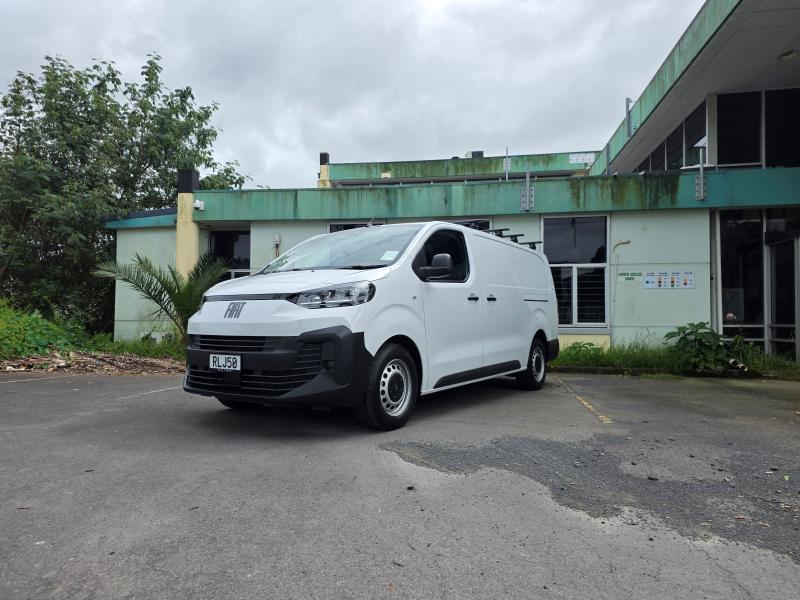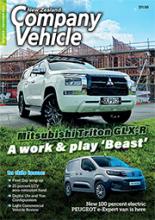Suzuki is the household name when it comes to Micro and Light cars, so it makes sense that the first hybrid in the Micro and light segments should come to market bearing a Suzuki badge.
That’s actually a bit of a sticking point, because Suzuki has kept its ear to the ground and was tracking the Swift hybrid’s primary target, coming to market just ahead of the Toyota Yaris hybrid.
It’s a rare thing when a distributor goes after a competitor so brazenly, suggesting Suzuki is confident its product has what it takes to take on the much larger brand.
That’s not unjustified either: after all, the Swift nameplate has been a slam-dunk sales superstar since it launched, with sensibly planned and brilliantly delivered upgrades – the latest of which is the new Suzuki Swift Sport (reviewed on page 31), and that was before we knew Suzuki was working on a hybrid!
Our hybrids look a little different to a fully caffeinated Swift, but you really need to be a train-spotter to pick the discrepancies.
A little hybrid badge and the tell-tale chrome strip across the grille are the only exterior clues, and inside, you’ll find the indicators and wiper switches are on the wrong side, because our hybrid Swifts are actually European spec, but other than that, there’s no outward difference.
Under the popular hatchback body, however, is where the magic is: the SHVS system.
Suzuki first introduced the SHVS (Smart Hybrid vehicle by Suzuki for those who are interested in explaining it) overseas about four years ago, which explains why you might have heard of or seen Suzuki Swift hybrids here already.
Yes, Suzuki NZ once again has seen its thunder stolen by the used import market, but in defence of the Swift hybrid that IS New Zealand new, those are imports and, while the hybrid system is the same, the transmission is not.
An import will have either a manual transmission or an automated manual transmission, which is probably worse.
Those buying the new model as supplied by Suzuki NZ, get a smoother continuously variable transmission mated to a latest generation, four-cylinder, 1.2-litre K12D engine and its ‘leccy assistant.
The Swift hybrid runs the conventional petrol engine with the electric motor on standby to assist when it comes to standing starts and acceleration.
The electric ‘bit’ is technically referred to as the ISG (Integrated Starter Generator) which draws power from a 10Ah lithium-ion battery, which doubles as a generator and starter motor.
Besides assisting the engine, the battery powers various electric parts, including engine electronics, the speedometer, air conditioning, audio and Bluetooth and smartphone connectivity including Apple CarPlay and Android Auto capability.
A regular battery supplies juice to the petrol engine, and the electric motor and the petrol engine both make use of the auto start/stop system.
Now, many of you will balk at that, but this is not Start/Stop as you know it. It’s so good, you really have to work at it to determine the system is working.
The petrol engine shuts of at idle while the electric motor waits for the ‘go ahead’ from the ISG to get the Swift moving while waking up the petrol engine at the same time. And you’ll be hard pressed to recognise what has happened.
When the Swift is up and running, the ISG is charging the Li-ion battery in preparation for the next launch.
But Suzuki’s boffins didn’t just come up with the gold standard of start stop technology to improve the fuel saving potential of the hybrid Swift.
The 1.2-litre, K12D has the same power and torque outputs of the K12C powering the conventional model, but peak torque of 107Nm is available much earlier and the ISG adds a little more twist too.
To operate the way it should, the Swift hybrid does demand a minimum 95RON fuel since the engine has a higher compression ratio to optimise performance. Revised breathing and a new variable valve technology system go a long way to delivering the Swift hybrid’s enviable lack of fuel consumption.
The official fuel figure of 4.1 litres per 100km should make up for that little bit more you pay at the pump, and the 37 litres will last longer too. Suzuki is also claiming just 94gm/km of CO2 emissions from the hybrid.
Swift hybrid does offer different grades for the budget conscious buyer, but given both are sub $30k vehicles, the grade differences are almost negligible.
For the sake of information however, there is a GLX and an LTD model available with the GLX hybrid replacing the same specification grade in the regular model.
Both hybrid variants are well specified with radar-based autonomous emergency braking, active cruise control, reversing camera, tyre pressure monitoring, LED projector and auto levelling headlamps, front fog lamps, advanced forward detection system, speed limiter, hill hold control, brake override system and heated mirrors.
To this, the LTD grade adds lane departure warning and prevention, door mirror blind spot monitor indicator, rear parking sensors and rear cross traffic alert and Suzuki’s impressive Dual-Sensor Brake Support system.
The LTD is therefore, a smidge more expensive than the GLX, but we’re not talking much more money for an impressive specification upgrade.
In fact, there’s a meagre $2000 difference between the GLX and the LTD which are priced at $26,500 and $28,500 respectively (the LTD also comes with a two tone roof for $490 ($28,990) if you really want to stand out.
Suzuki expects half of all Swift Hybrid sales in New Zealand will be to fleet and business customers.


